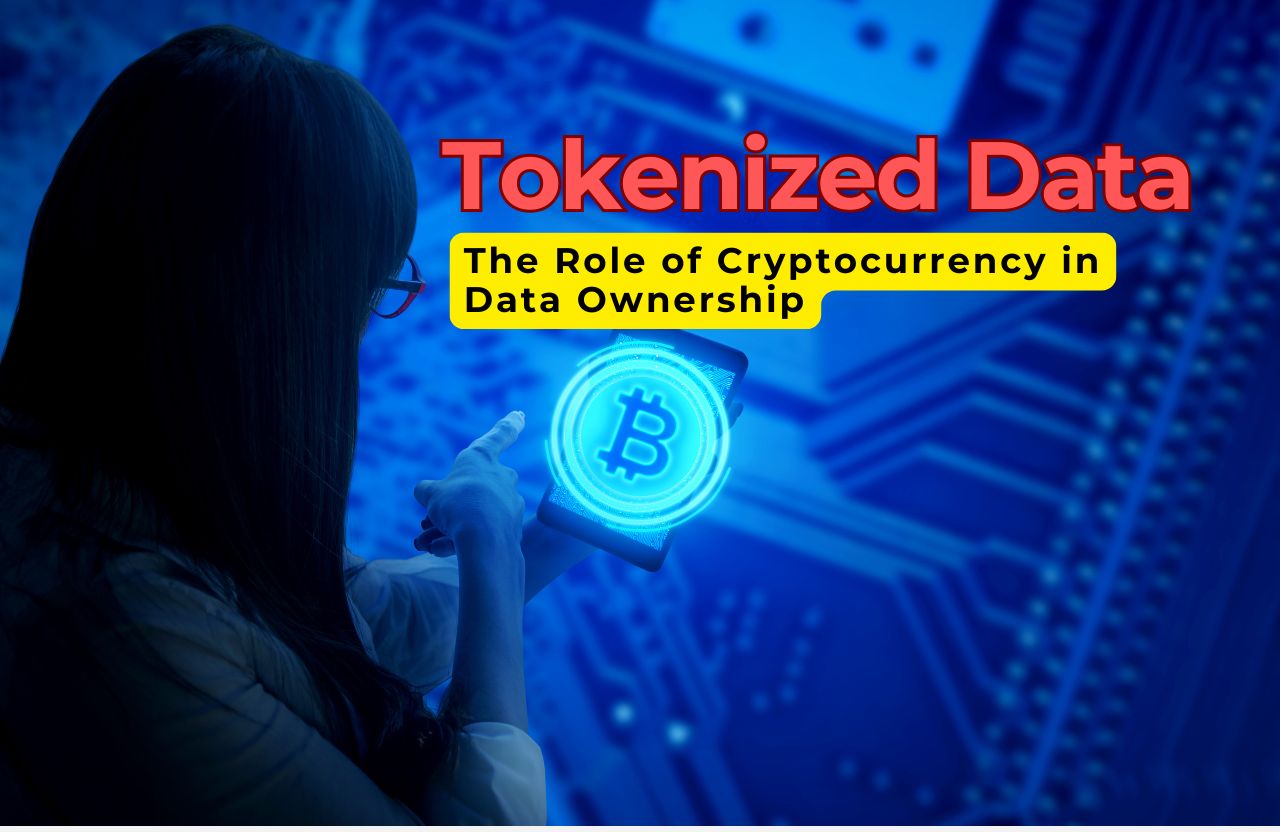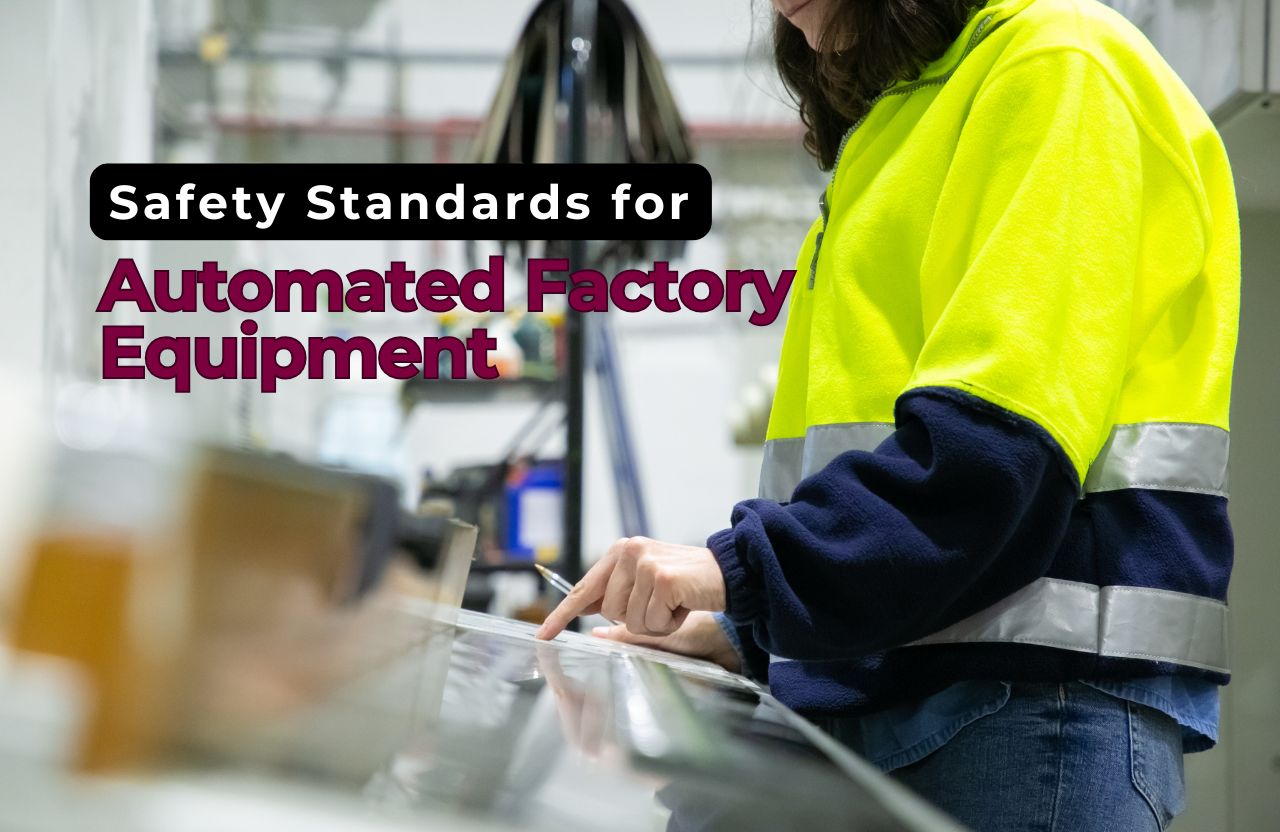In an increasingly crowded retail landscape, small brands are constantly looking for ways to stand out and build stronger connections with their customers. One strategy that’s gaining serious traction is retail gamification—the use of game mechanics to make shopping more engaging, interactive, and rewarding.
Once the domain of big players with deep pockets, gamification is now accessible to smaller retailers thanks to affordable tech tools and creative strategies. From digital scratch cards to loyalty quests, indie brands are turning shopping into play—and winning big in the process.
What Is Retail Gamification?
Retail gamification refers to the integration of game-like elements into the shopping experience. These can range from simple spin-to-win wheels and points systems to complex, multi-tiered reward challenges or interactive product hunts.
The goal? Increase shopper engagement, encourage repeat visits, drive more purchases, and build customer loyalty—all while making the experience more fun.
Common Game Mechanics Used in Retail:
- Points & Badges: Shoppers earn points for purchases or activities like writing reviews.
- Challenges & Missions: Tasks that encourage customers to interact with the brand, e.g., “buy three times this month.”
- Instant Wins: Digital scratch-offs or prize wheels offering small rewards.
- Leaderboards: Ranked lists to spark friendly competition among shoppers.
- Progress Bars: Visual cues to show how close a shopper is to earning a reward.
- Easter Egg Hunts: Hide-and-seek style games encouraging exploration of a website or store.
Why Gamification Works
Gamification taps into basic human psychology. It leverages motivation, curiosity, and the desire for achievement. When done well, it turns passive shoppers into active participants.
Key Psychological Triggers:
- Reward anticipation: Unlocking a reward creates dopamine-driven excitement.
- Goal-setting: Gamified systems help customers feel progress and accomplishment.
- Social proof: Seeing others play or win encourages participation.
- Scarcity and urgency: Time-limited rewards and competitions drive faster action.
How Small Brands Are Using Gamification
Let’s look at how some nimble, small brands are leveraging gamification to boost engagement without breaking the bank.
1. Digital Spin-to-Win Wheels on E-commerce Sites
Small fashion and beauty retailers often add gamified pop-ups offering discounts, free shipping, or free samples in exchange for email signups. These instant-win games convert at a higher rate than static offers because of the thrill factor.
Example: An indie skincare brand adds a spin wheel to its site with chances to win 10% off, 15% off, or a travel-sized product. Not only do they capture emails, but customers who win are more likely to make a purchase right away.
2. Points-Based Loyalty Programs
Rather than just offering points for purchases, smaller brands now reward a wide range of interactions—referring a friend, posting on social media, or even taking a quiz.
Example: A boutique coffee roaster creates a program where customers earn points not just for buying coffee, but also for uploading unboxing videos or attending virtual tastings.
3. Scavenger Hunts in Pop-up Shops or Websites
Creative brands use gamification to drive deeper engagement. A digital scavenger hunt might involve finding clues or icons hidden across a site, encouraging users to browse more pages and discover products they otherwise wouldn’t have seen.
Example: A small art supply brand creates a Halloween-themed “Find the Ghost” hunt where visitors search product pages for hidden icons to win free brushes.
4. User Challenges to Build Community
Gamified user-generated content (UGC) challenges can boost brand loyalty and social sharing. Whether it’s a “Share your outfit of the day” campaign or a photo contest, it gives customers a reason to engage—and gives the brand valuable content.
Example: A DTC clothing label runs a month-long “Style Challenge” where customers post daily outfit photos for the chance to win a $100 gift card. Bonus: It floods their Instagram feed with authentic customer photos.
5. Tiered VIP Systems
Some small brands use RPG-style leveling systems to reward top customers. Tiers like “Bronze,” “Silver,” and “Gold” can unlock exclusive access or limited-edition items.
Example: An independent stationery shop builds a program where users level up based on monthly spend and unlock perks like early access to new designs or handwritten thank-you notes.
Tools Making Gamification Easy for Small Retailers
Small brands don’t need in-house developers or huge budgets to implement gamification. There are affordable tools and platforms that make it plug-and-play.
- LoyaltyLion, Smile.io, Yotpo: For building points-based loyalty and referral systems.
- Wheelio, Justuno, OptinMonster: For spin-to-win and gamified pop-ups.
- Gleam, ViralSweep: For social contests and UGC campaigns.
- Talon.One, Gameball: For more advanced personalized gamification logic.
Best Practices for Retail Gamification
While gamification can be powerful, it has to be well-executed to avoid feeling gimmicky or frustrating. Here are a few tips:
- Make rewards meaningful: Discounts are good, but exclusive access or recognition can be just as effective.
- Keep it simple: Don’t overcomplicate the game mechanics—clarity wins.
- Ensure fairness: Rigged games kill trust. Make chances transparent.
- Track and iterate: Measure performance and tweak based on what works.
- Integrate naturally: Don’t interrupt the user experience with clunky game layers.
Final Thoughts
Gamification isn’t just a flashy trend—it’s a way to make shopping feel more human, playful, and personalized. For small retailers, it offers a strategic edge in creating emotional connections with customers who crave more than just transactions.
In a world where attention is currency, games give shoppers a reason to stick around—and come back for more.












